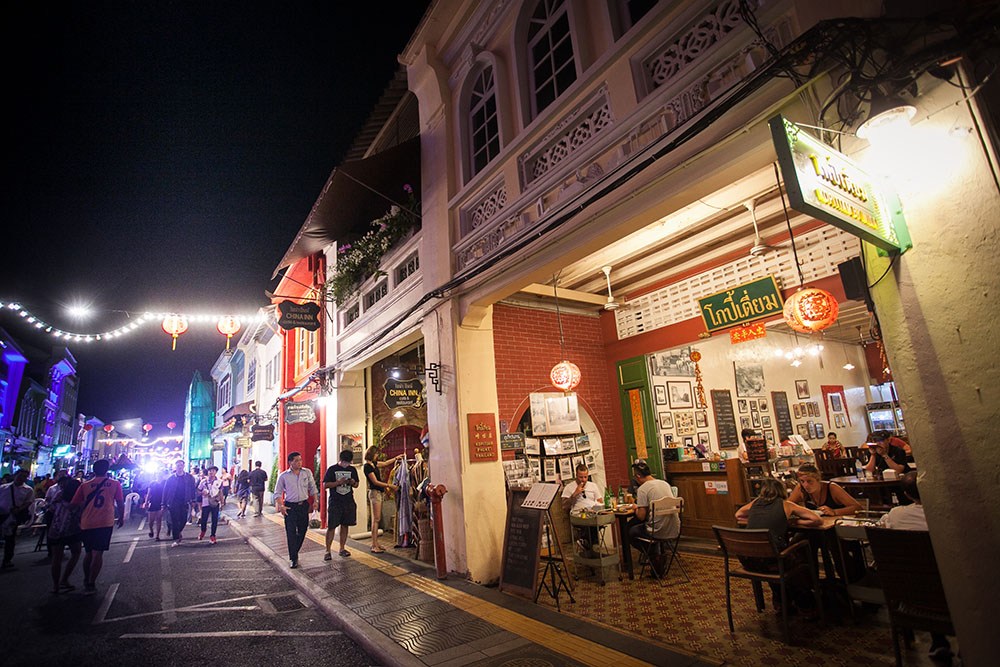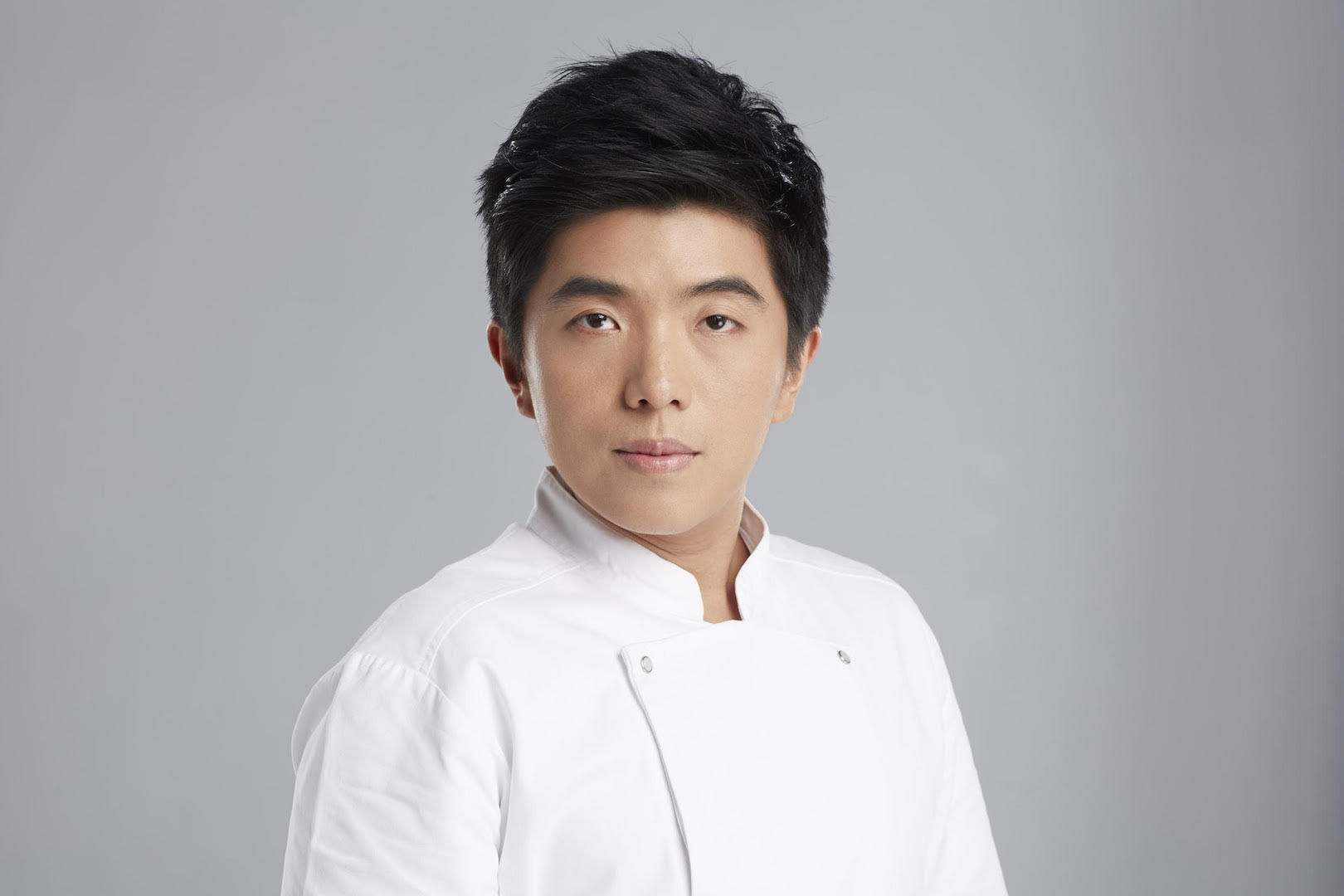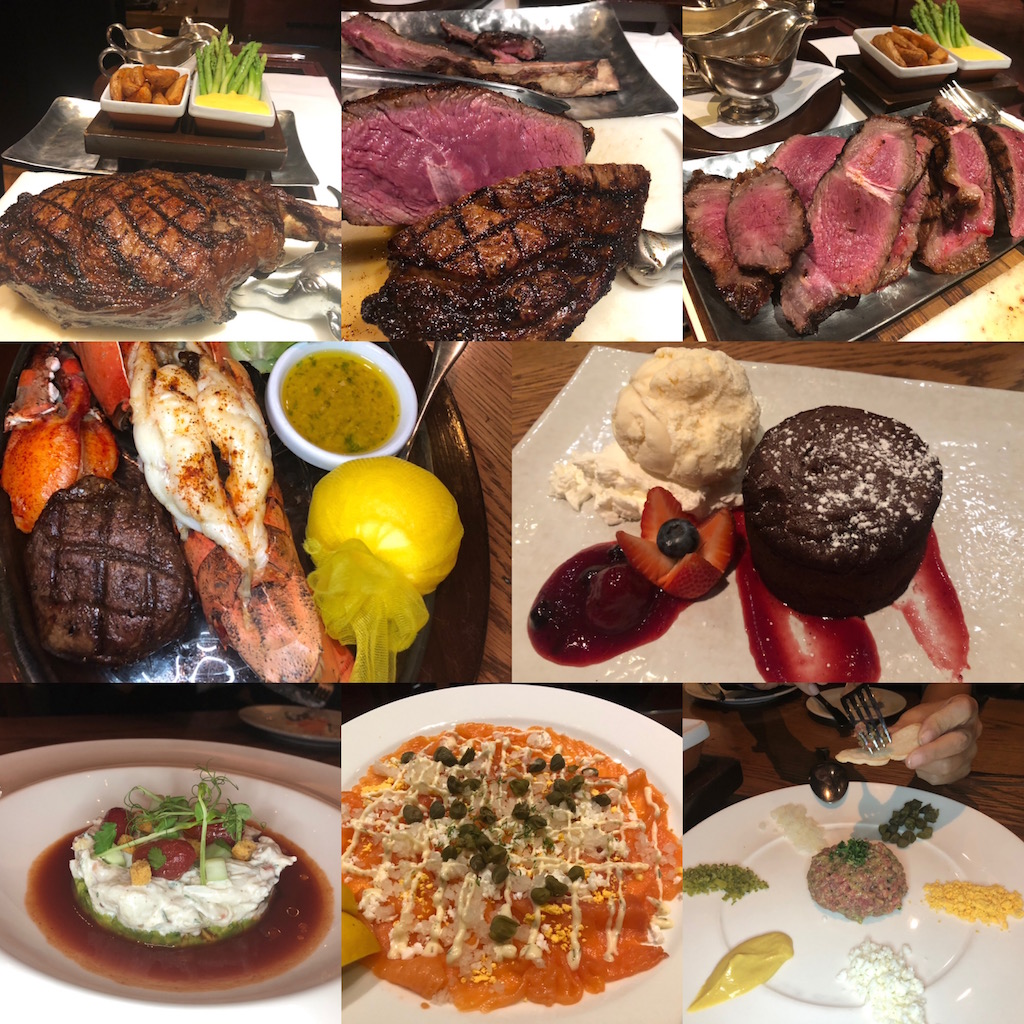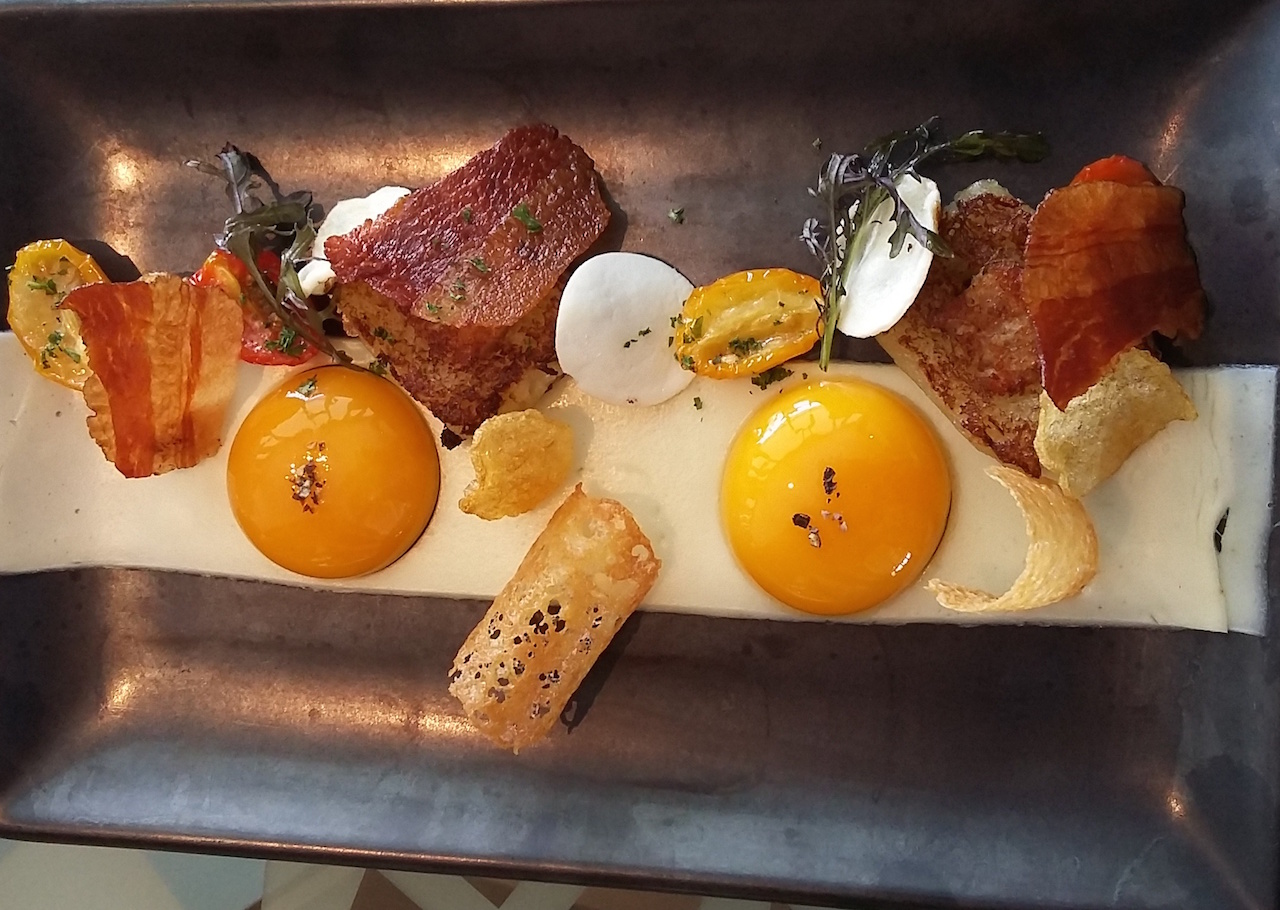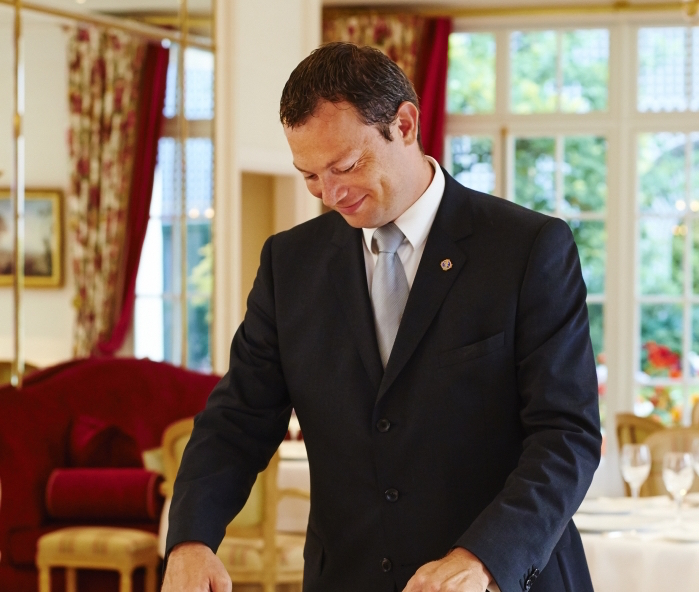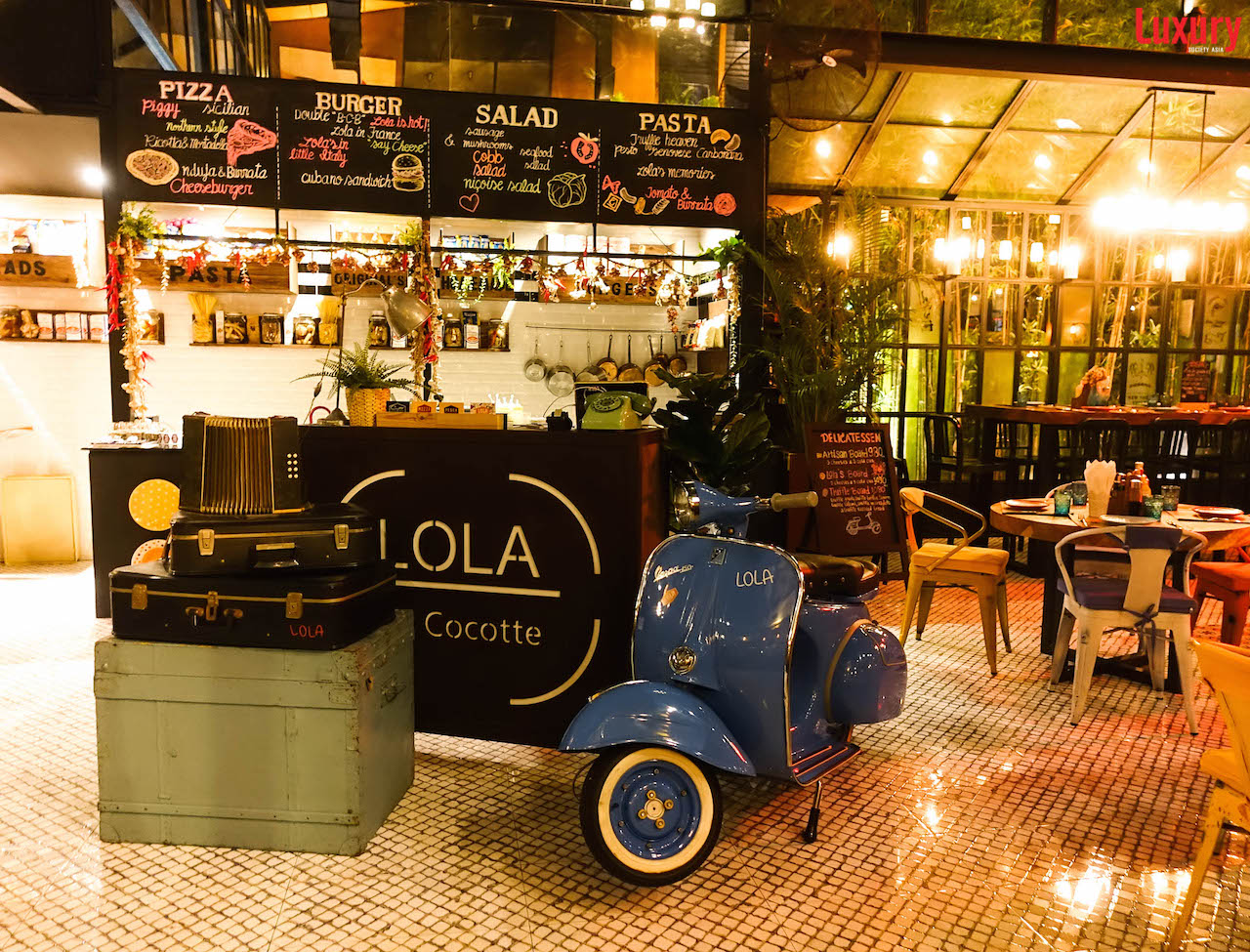Phuket Food Culture – Famous Phuket Food To Eat 2019
Phuket is often represented by its sandy beaches and offers a great island-hopping holiday. But this time, we will take you on a culinary journey to explore its diversity of cuisine and find out why Phuket was the first city in Southeast Asia recognised By UNESCO as the Creative City of Gastronomy.
For visitors who think they know Southern Thai cuisine by sampling Thai classics and street food snacks at the beach, it is time to be schooled local style: fresh seafood, strong fiery spices, pungent fermented flavours, farm-to-table crunchy vegetables, and slow-cooked stewed meats.
Perhaps the least well-known and understood of Thailand’s regional cuisine, Southern Thai foodis characterised by its spice and sharpness. Its curries and flavour profiles are the most powerful, which combines the lit heat of various chillies with piquant sour notes of tamarind.
Just like the North, Southern Thai cuisine has been heavily influenced by the culinary preferences of its neighbours, particularly Malaysia and Indonesia. Cultural influences are reflected in preparation, taste and presentation. Phuket’s cuisine and local food (so-called ‘Baba Peranakan’ food) is the combination of many cultural food habits, whether they be Chinese, Malay or Thai. Some Phuket local food tastes sweet; such as, Chinese Hakka cuisine, but it can also be highly spiced like in either Thai or Malay cuisine.
A large Muslim populace and tasty halal food, along with a plethora of fishing fleets, influence Southern Thai cuisine. It is based heavily around seafood, meats and the use of lots of lemongrass, tamarind and kaffir lime leaf for flavouring. Staples include Kaeng Tai Pla(fermented fish curry), Kaeng Som Pla (hot and sour fish soup), and Kua Kling (dry fried meat curry). Massaman, a stewed curry of meat and potatoes, is another important signature dish.
Phuket’s food culture is woven into the tapestry of traditional local daily life, which is based around hearty meals shared with the family. One day-in-the-life of a Phuket foodie might go something like this:
Breakfast
The most important meal of the day, breakfast is a time when Phuket residents wake up and smell the coffee, literally. Strong, bitter beans produce a fragrant brew strong enough to wake the dead. Phuket’s people are known to drink dark roast old-school coffee, water-filtered black coffee traditionally brewed through a steep metal pot with a ‘sock’ filter, served with sweetened condensed milk or with pure fresh milk. This time-honoured morning ritual is usually accompanied by one of three dishes that showcase Phuket’s culinary diversity:
* Dim Sum (influenced by Chinese immigrants) includes steamed dumplings, fish, bean curd, Bak Kut Teh (pork spare rib soup), and Misua noodles.

* Roti topped with fried egg and served with avariety of curry flavours (chicken, beef and fish) (Malay influenced).
* Khanom Chin (fermented rice noodles) served with various traditional curry sauces (Thai and Phuket) including Kaeng Tai Pla (fermented fish curry), crab, chicken and fish.
Lunch
A Phuket lunch is a time to get one’s noodle fix for a midday energy boost. Chinese and Malay flavours again entice the palate with local favourites Mi Hokkien (Chinese Malay noodle fare) and Phuket-style Mi Hoon rice vermicelli noodles. A traditional Phuket lunch is never complete without tucking into the island’s local dessert favourite O-Aew (shaved ice with sweet toppings and jelly).
Tea Time
This very local twist on the British tradition shares only the time of day. Before a hearty dinner, residents warm up on Mi Hun Ba Chang (rice vermicelli noodles) with pork spare rib soup, one of Phuket’s most iconic dishes. This is served with pork satay and spring rolls, or just the noodles.

Dinner
This the biggest and most important meal of the day where family members eat together and share their stories about Phuket and the world. Not unlike any other cities in Southern Thailand, Phuket’s locals tend to prefer strong flavoured dishes for the evening meal, either very spicy, very sour or very sweet. Many of the dishes oozes the deep yellow colour and strong scent of turmeric. Its unique flavour is used to tame strong fish flavours and other seafood that the province is famed for.
Favourite dishes include Pla Sai Thot Kamin (deep fried fish with fresh turmeric), Mu Hong(stewed pork belly with herbs), Nap Chup Yam (chilli paste), Nam Phrik Kung Siap (shrimp chilli paste), Mi Hun Kaeng Pu (rice noodles with curried crab), Loba (deep fried stewed-pig’s head) and Yam Pak Kut (spicy fern salad).
It goes without saying that foodies searching for good Thai food in Phuket don’t have to look far. And recognition about Phuket’s food culture is about to go international with possible accolades expected in the upcoming Michelin Guide Bangkok, Phuket and Phang Nga 2019 edition that is expected to be released at the end of this year, in the same bilingual Thai and English format as the first Michelin Guide Bangkok 2018, in both print and digital versions.
Cr. www.tatnews.org

